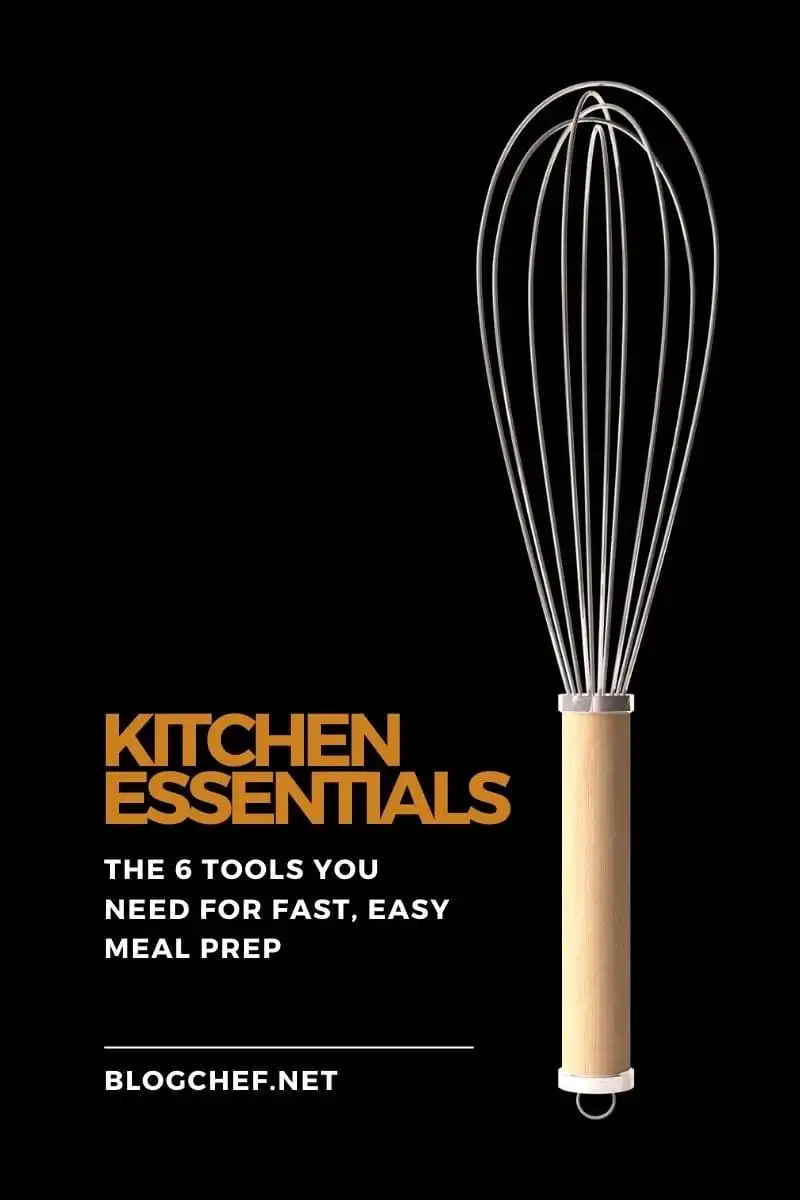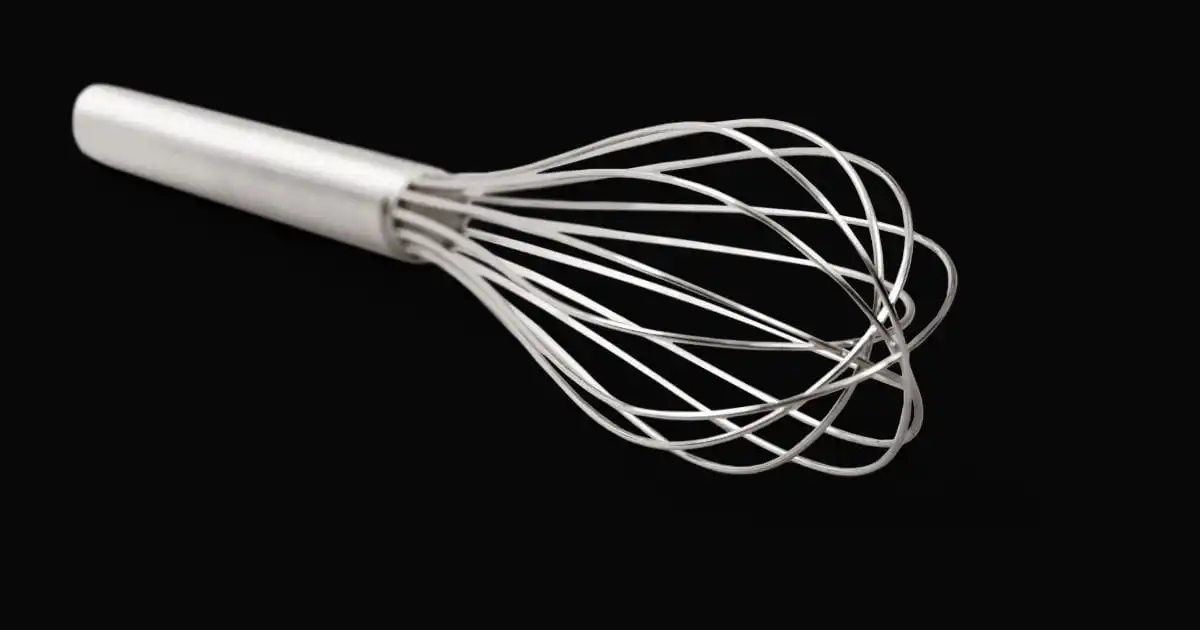Updated on May 6th, 2024
Whether you’ve just moved into your first place or you’ve been living on takeout, learning the basics of cooking can save you loads of cash. Plus, making your own meals gives you the option to eat more nutritious foods — which improves your life quality and potentially spares you medical bills later.
Fortunately, learning to cook isn’t hard. You need a willingness to follow directions, trustworthy advice from someone with experience, and a few basic kitchen tools. I’m assuming you can follow directions. And you’re here at BlogChef, which means you know where to get cooking advice. And the last piece — those kitchen tools — is the topic we’ll cover below.

Let’s dive in.
Can opener
Many fast and easy recipes call for canned goods, such as tomatoes, beans, or artichoke hearts. Some of the cans you bring home from the market may have pull tabs. Most may not. Don’t ruin your first attempt at making hummus by forgetting to buy the can opener. Trust me, there’s no other easy and safe way to open a metal can.
You’re likely to use your can opener a lot, so invest in a good one. Look for a sturdy model with a bottle opener from a leading retailer like Target or stocklist like Progressive International.
Measuring cups and spoons
Measurements are everything when you’re first learning to cook. Later, when you gain experience, you *might* be able to eyeball a teaspoon of vanilla or a quarter-cup of grated cheese. But early on, you’ll do better by following your recipe instructions to the letter.
And for that, you need measuring cups and spoons. It’s usually best to buy a set of each. If you want to get by with the minimum, get yourself a one-quarter cup, one-third cup, one cup, one-half teaspoon, and one tablespoon measurers. Also, pro tip, look for pieces that have the measurement amount etched or raised rather than printed. Ink rubs off over time.
Multifunction microwave
A microwave is an incredibly convenient appliance, especially when you’re early in the cooking learning curve. Use it to soften butter, prepare turkey bacon, cook a potato, reheat your leftovers, and defrost meat safely.
The multifunction microwave may also feature toasting, convection, and air fry power. That gives you the power to air fry wings, toast bagels, quickly bake a mouth-watering plate of nachos, and so much more. This appliance can be spendy to buy, but it could be the most versatile and worthwhile addition to your kitchen.
Cooking utensils
As you get more creative in the kitchen with more advanced recipe books and a broader set of ingredients, you will feel the need for a reasonable selection of cooking utensils. Here are the pieces I recommend for newbie cooks:
- A good knife set. You’ll eventually need a knife sharpener, too.
- Cutting board. Opt for the biggest size that’s manageable to clean in your sink.
- Vegetable peeler. Look for a peeler with a nice, comfortable grip.
- Cheese grater. I like the graters that include a container to catch the cheese.
- Durable tongs. You’ll use them to serve green beans and to turn hot dogs on the barbecue.
- Two wooden spoons. These are essential for stirring batters and tossing salads.
- Slotted spoon. A slotted spoon is handy for shallow and deep frying.
- Spatula. You need to flip the burgers, right?
- Whisk. A whisk is the best manual tool for blending wet or dry ingredients.
Cookware
You can’t make pasta without a big, deep pot or pan fry chicken without a skillet. Invest in a few quality cookware pieces to start and then build your collection over time. Here are my recommendations:
- One 6-quart pot with a lid
- A 6-inch skillet, for the impromptu fried egg or homemade corn tortillas
- A 10-inch skillet
- One roasting pan
- One baking sheet
Pasta strainer
Pasta is a delicious, versatile, and affordable ingredient. It’s also straightforward to prepare — if you have a colander or strainer. Note that you can drain off water using a lid, but it’s risky. One slip and you dump all your pasta down the drain. Given that a decent pasta strainer is about $13, you probably don’t need to do things the hard way.
Build from the essentials
These tools cover the basics. As you continue your cooking journey, you’ll expand your collection and your kitchen wish list. It’s best to do this slowly, so you can refine your tastes and cooking practices first. That way, you minimize the chances of investing in a tool that goes unused.
For some easy starter recipes, try:
